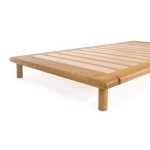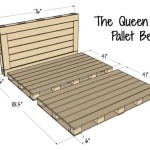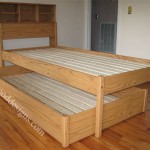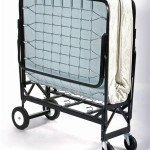How Does a Murphy Bed Mechanism Work?
A Murphy bed, also known as a wall bed or fold-down bed, is a space-saving furniture solution that transforms a vertical cabinet into a sleeping surface. These beds are particularly popular in small apartments, studios, and homes where maximizing space is a priority. Understanding the mechanics of a Murphy bed mechanism allows users to appreciate its ingenious design and utilize it effectively.
The Fundamental Components
A Murphy bed mechanism comprises several key elements working in unison to achieve its transformative function. Here are the primary components:
- Frame and Cabinet: The foundation of the bed is a sturdy frame that houses the sleeping surface. This frame is typically built into a wall-mounted cabinet that conceals the bed when not in use.
- Hinges and Hardware: Hinges are essential for the folding and unfolding action of the bed. These hinges are typically strong and durable, designed to withstand repeated use. Other hardware components, such as brackets and supports, contribute to the stability and functionality of the mechanism.
- Lifting Mechanism: This mechanism is responsible for raising and lowering the bed. There are various types of lifting mechanisms, including gas springs, counterbalanced systems, and manual mechanisms.
- Support System: When the bed is in the down position, a support system ensures its stability and provides a secure sleeping surface. This often involves specialized legs or a frame that extends from the base.
Types of Murphy Bed Mechanisms
Murphy beds employ different lifting mechanisms, each with its own advantages and disadvantages. Understanding these mechanisms allows users to choose the best option for their needs:
1. Gas Spring Mechanism
This mechanism utilizes gas springs, similar to those found in car trunks, to raise and lower the bed. Gas springs provide a smooth and effortless operation, making them a popular choice for ease of use.
2. Counterbalanced Mechanism
A counterbalanced mechanism employs a system of weights or springs to balance the bed's weight, making it easier to lift. This system is often preferred for heavier beds and those with additional features, such as a headboard or bookcase.
3. Manual Mechanism
Manual mechanisms require users to lift and lower the bed using their own strength. These mechanisms are typically less expensive than gas spring or counterbalanced systems but may require more effort to operate.
Operating a Murphy Bed
Operating a Murphy bed typically involves the following steps:
- Release the safety latch or lock: This prevents the bed from accidentally falling down when not in use.
- Lift the bed: Using the lift mechanism, gently raise the bed from the cabinet. The gas springs or counterbalance system will assist in this process.
- Lower the bed: To lower the bed, gently guide it down into the cabinet. The gas springs or counterbalance system will help control the descent.
- Engage the safety latch or lock: Secure the bed in the upright position to prevent it from falling when not in use.
Always follow the manufacturer's instructions for operating and maintaining your specific Murphy bed model. Proper usage and regular maintenance will extend the lifespan of the mechanism and ensure a safe and reliable experience.

Everything You Need To Know About Murphy Beds Wilding Wallbeds
How Does The Wall Bed Work Ameriwood

Wall Bed Mechanism Murphy Beds Sleep South Florida Foldable

Which Murphy Bed Mechanism Should I Choose Wilding Wallbeds

Frequently Asked Questions About Murphy Beds And Wall Wilding Wallbeds

Murphy Bed Mechanism

How To Add Weight Your Murphy Bed Frame

Installation Murphy Bed Mechanism Diy

Everything To Know About Murphy Beds Door

Alpine Murphy Bed With Desk







